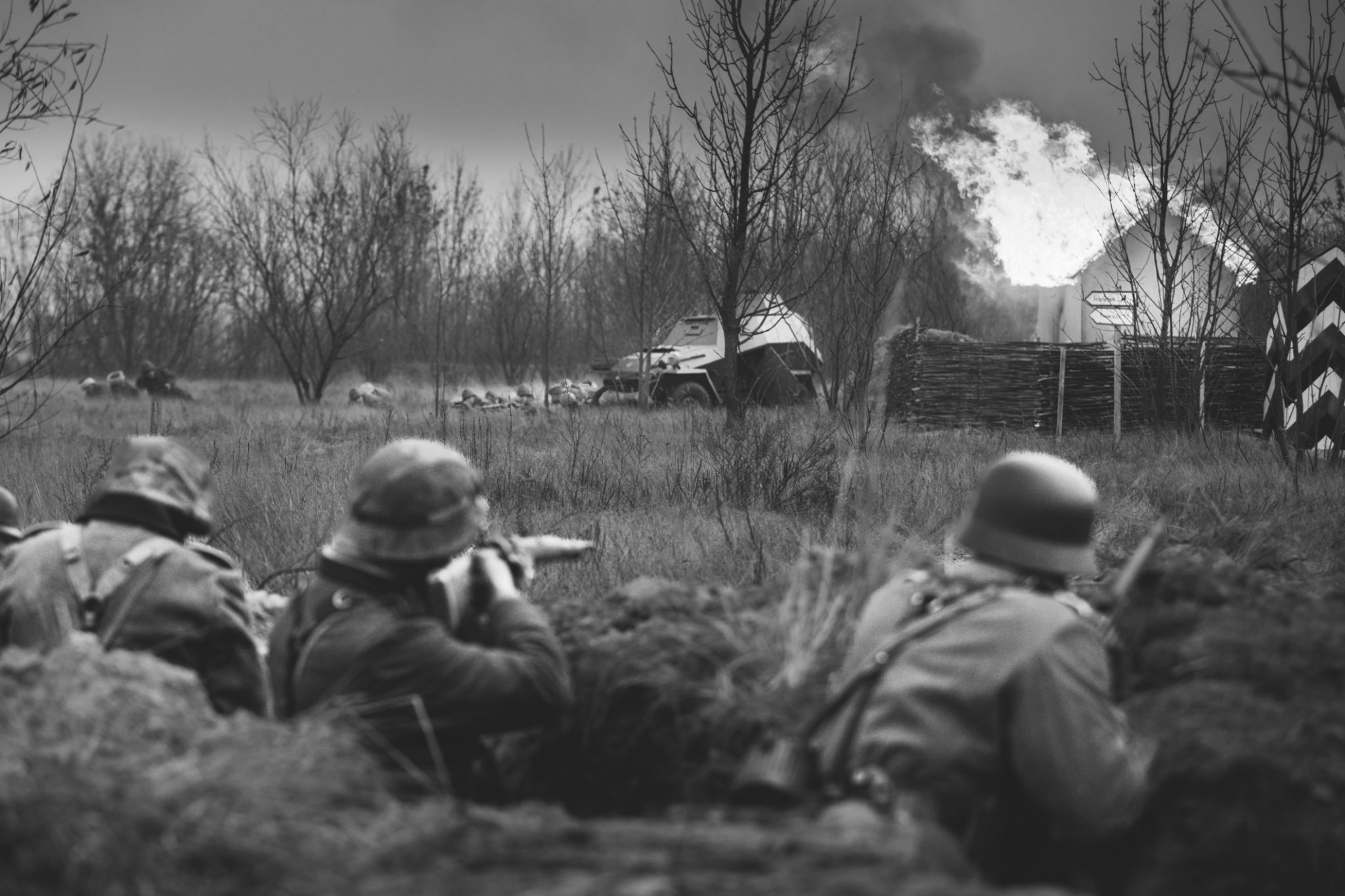Behind the Scenes of 'Children of a Hope': A Journey into Hungarian War Drama
The Genesis of 'Children of a Hope'
The journey of bringing 'Children of a Hope' to life was as intricate and profound as the historical events it portrays. This Hungarian war drama, directed by acclaimed filmmaker Zoltán Kovács, delves into the turbulent times of World War II through the eyes of its youngest and most vulnerable victims. The film's conception began with Kovács's fascination with untold stories from Hungary's past, leading to exhaustive research and a deep dive into personal accounts from the era.
In crafting this narrative, the creative team prioritized authenticity, ensuring that each scene resonated with historical accuracy. To achieve this, they collaborated with historians and survivors' families, gaining invaluable insights that enriched the script and character development. The film not only aims to entertain but also to educate and spark discussions about resilience and hope amidst adversity.

Building the World: Set Design and Locations
One of the most captivating aspects of 'Children of a Hope' is its immersive set design. The filmmakers meticulously recreated 1940s Hungary, paying close attention to architectural details and period-appropriate props. The decision to shoot on location in historical sites across Hungary added an extra layer of authenticity, allowing the natural landscapes and preserved buildings to play a crucial role in storytelling.
The production team faced numerous challenges, from securing permits to navigating unpredictable weather conditions. However, these efforts were worthwhile as they brought a tangible sense of place and time to the film. The visual aesthetics of 'Children of a Hope' transport viewers back in time, making them feel as though they are walking alongside the characters in their journey.

The Heart of the Film: Casting Young Talent
Finding the right young actors to lead 'Children of a Hope' was pivotal. The casting process was extensive, involving nationwide auditions to discover talent that could embody the innocence and strength required for such demanding roles. The selected cast members, though young, demonstrated remarkable emotional depth and understanding of their characters' complex experiences.
Director Kovács dedicated considerable time to working closely with these young actors, fostering an environment where they could feel supported and inspired. This nurturing approach resulted in powerful performances that are both haunting and hopeful, capturing the essence of childhood in times of war.

Music and Sound: Enhancing Emotional Impact
The film's score plays a vital role in conveying its emotional depth. Renowned composer Anna Nagy was enlisted to create a soundtrack that reflects the film's themes of sorrow, resilience, and hope. Nagy’s compositions blend traditional Hungarian melodies with orchestral arrangements, amplifying the film's poignant moments and drawing audiences further into its world.
Sound design was equally crucial in immersing viewers in the story. From the subtle sounds of nature to the distant echoes of conflict, every auditory detail was carefully crafted to enhance the film's realism and emotional impact. This intricate soundscape ensures that audiences remain engaged from start to finish.
The Impact: Reception and Legacy
'Children of a Hope' has already made waves at international film festivals, garnering praise for its storytelling and historical significance. Critics have lauded its ability to balance harrowing depictions of war with uplifting messages about human resilience. The film's success speaks to its universal themes, resonating with audiences worldwide.
The legacy of 'Children of a Hope' extends beyond its cinematic achievements. It has sparked important conversations about history, memory, and the power of hope. By shedding light on Hungary's wartime experiences through the lens of its youth, the film honors those who lived through such trying times while inspiring future generations to learn from the past.